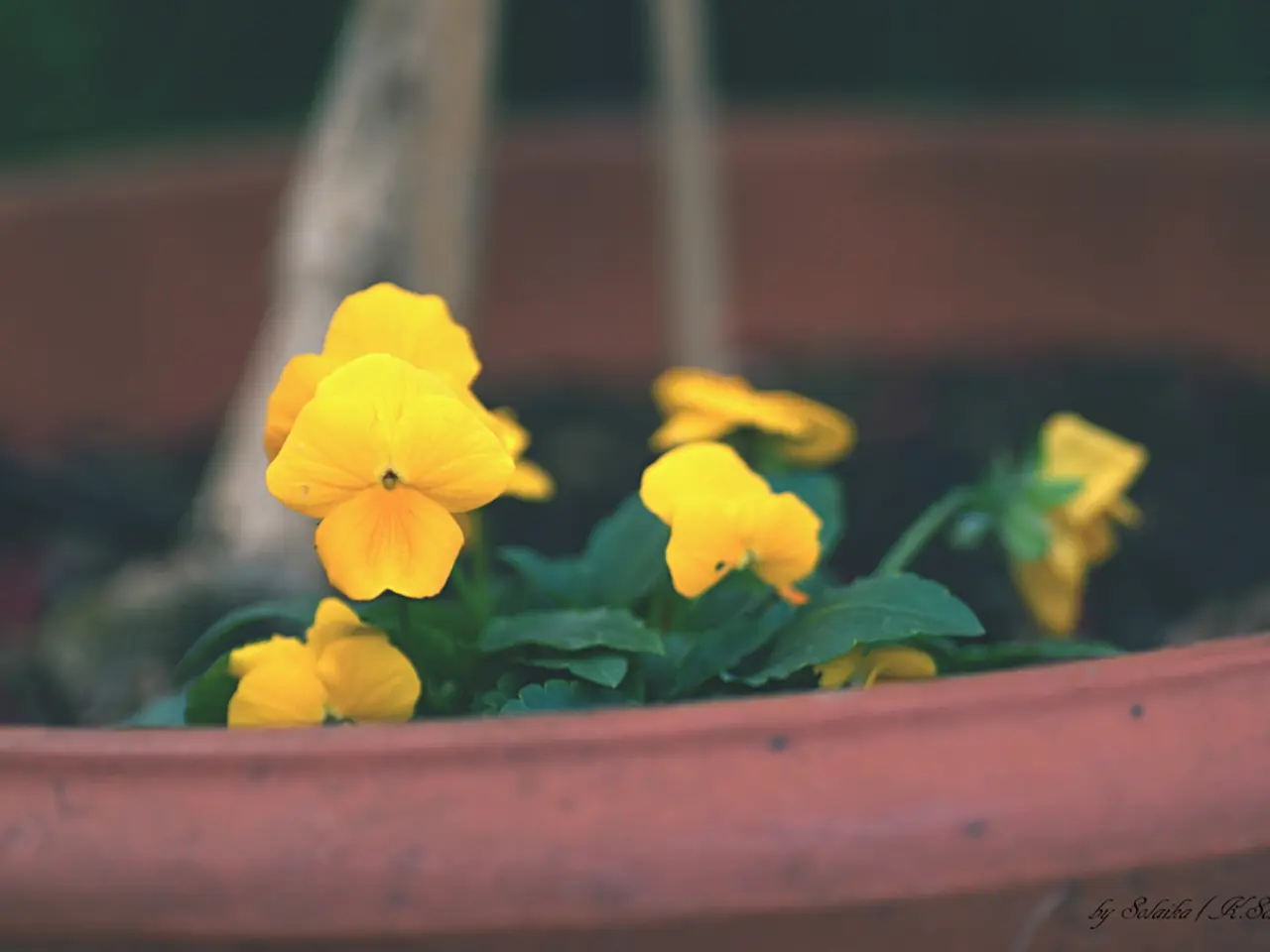Guide for Repotting Orchids: Essential Steps for Vibrant Orchid Growth
Reviving and Encouraging Orchid Blooms: A Comprehensive Guide
Orchids are enchanting plants that can add a touch of elegance to any home. For many orchid enthusiasts, the sight of their blooming orchid is a source of great joy and excitement, as it happens less frequently than with other houseplants. In this article, we will discuss the key signs that indicate it's time to repot your orchid and provide some helpful practices to ensure a successful bloom.
When to Repot Your Orchid
Repotting your orchid is essential to maintain its health and encourage blooming. Here are the signs that it's time to repot:
- Roots outgrowing the pot: When orchid roots begin to crowd or extend out of the container, it's a clear indication that the plant has outgrown its current pot.
- Decomposed or compacted potting medium: If the potting mix breaks down, becomes dense or retains too much moisture, it can suffocate roots and lead to rot.
- Root rot or damaged roots: The presence of dark, mushy, or rotten roots signals the need for urgent repotting to remove damaged roots and refresh the growing medium.
- Yellowing or drooping leaves: These symptoms can indicate root stress, usually due to poor drainage or root damage, suggesting a need to check roots and potentially repot.
- After flowering: Repotting is recommended once an orchid’s blooming cycle ends, allowing the plant to recover in fresh medium.
- Once every 1-2 years: Even without obvious problems, orchids benefit from repotting every year or two to maintain ideal root conditions and prevent medium breakdown.
Additional Practices for Successful Repotting
In addition to the signs mentioned above, there are several other practices that can help ensure a successful repotting and blooming of your orchid:
- Clear pots: Using clear pots can help you monitor root health and check for any signs of root rot or other issues.
- Aerated potting mixes: Providing well-aerated potting mixes with bark or chunky materials can prevent compaction and maintain ideal airflow for the roots. A good orchid potting mix includes shredded fir bark, perlite, vermiculite, and sphagnum moss or coconut coir.
- Choosing the right pot: When repotting, choose a pot that is an inch or two larger than the previous one to provide the orchid with the space it needs to grow.
- Unglazed terracotta pots: Unglazed terracotta pots absorb moisture, helping to minimize waterlogging.
- Sterilizing tools and planters: Orchids are sensitive to bacteria and germs, so tools and planters should be soaked in a solution of 1⁄2 cup of household bleach and 1 gallon of water before use.
- Removing old medium: When repotting, remove all old medium from the pot and from among the root system to prevent the spread of disease or rot.
Reviving Ailing Orchids
Repotting can revive an ailing orchid or promote repeat flowering on a plant that hasn't bloomed in a while. If you notice lots of aerial orchid roots growing out the pot, it may be an indicator that the orchid needs more space. Orchids grow in a container of loose materials such as bark, charcoal, and moss. If the orchid medium has broken down, it's time to repot. If you see any black, soft, or hollow roots, remove them with sterile pruners or a knife.
Orchid Repotting Schedule
Orchids should be repotted every year or two, with different types of orchids having different repotting schedules. For example, some types of orchids may require repotting every year, while others may only need to be repotted every few years. It's essential to research the specific needs of your orchid to ensure you are providing it with the proper care.
In conclusion, repotting your orchid is a crucial part of maintaining its health and encouraging blooming. By following the signs and practices mentioned in this article, you can ensure a successful bloom and enjoy the beauty of your orchid for years to come.
A well-timed repotting can help in reviving an ailing orchid and encourage repeat blooming, especially when orchid roots are visible growing outside the pot or the existing medium has broken down. For home-and-garden enthusiasts who love gardening and want to enhance their lifestyle by cultivating beautiful orchids, being aware of the signs that indicate it's time to repot and following the right practices will guarantee a successful bloom and long-lasting enjoyment.




